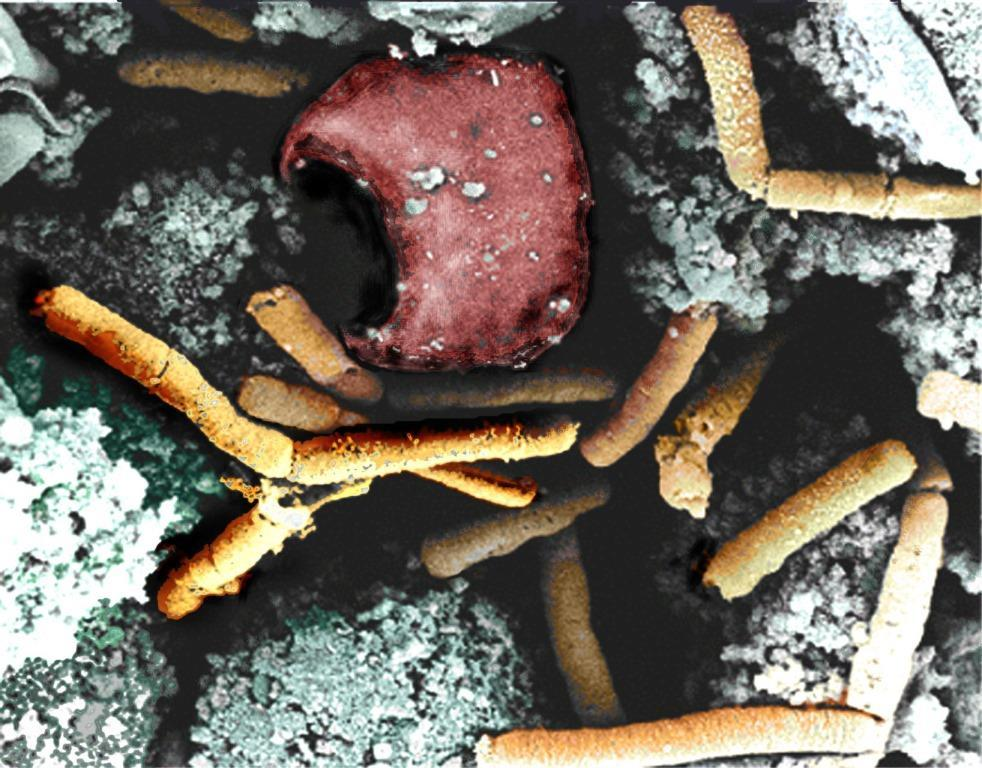A new surveillance report from the United Kingdom's Health Security Agency (HSA) shows substantial increases in rates of priority pathogens and antimicrobial use with the lifting of COVID-19 pandemic mitigations.
Data from the English Surveillance Programme for Antimicrobial Use and Resistance (ESPAUR) show a 11.7% increase in patient episodes of bloodstream infections (BSIs) and/or fungemia from 2018 to 2022. The most common causes of monomicrobial BSIs were Escherichia coli (20.9%) and Staphylococcus aureus (7.7%). The incidence of Candidemia increased by 22.7%
The estimated overall burden of antimicrobial resistance (AMR)—measured by the number of BSIs resistant to at least one antibiotic—decreased by 1.6%, and 4.6% for BSIs caused by priority pathogens. But the AMR burden in BSIs varied by region, with London (the highest) having twice the rate of resistant BSIs as southwest England (the lowest). In addition, there was a significant increase in the percentage of E coli and Klebsiella pneumoniae BSIs that were resistant to piperacillin/tazobactam—a critical drug for patients with severe drug-resistant infections.
While White ethnic groups had the highest percentage of BSIs, the proportion that were resistant was nearly double in Asian ethnic groups compared with White ethnic groups (34.6% vs 18.7%)
First increase in antibiotic use since 2014
Meanwhile, total antibiotic consumption in the United Kingdom saw its first increase since 2014, climbing by 8.4% from 2021 to 2022, to a rate of 17.4 defined daily doses per 1,000 population per day. The increase was observed in all healthcare settings except for dental care, with general practice continuing to be by far the biggest contributor for antibiotic prescribing (80.2%). Notably, general practice penicillin prescribing rose by 18.5%, driven in part by an outbreak of invasive group A streptococcal infections and scarlet fever.
Antibiotic use in secondary care increased by 6.3% in 2022 but remained below 2018 levels, a trend driven by reductions in outpatient prescribing.
The authors of the report say the increase in antibiotic use in the community is most likely related to increased healthcare demands in 2022 following the removal of many pandemic-related mitigations.
















